There was quite a lot of moving in the gentrification process for me! We rearranged/moved the fiction books, then the nonfiction books, and shortly after we moved the entire library into our new facility.
After all of our fiction books were tagged with their tinted label stickers, it was time to make the move. We decided how we wanted the genres arranged (yes, we did this planning on a napkin!):
As usual, was ready to throw myself into the moving process without thinking about it for too terribly long. I gathered every cart I could get my hands on and started pulling books. This was easy since everything was so clearly labeled. I pulled out the genres one by one and shifted things down as I went.
Although this wasn’t the most complicated part of the process, I found it to be the most overwhelming. The library was a mess, books were everywhere, eek! This picture pretty much sums up how I felt during the move:
I used a different approach with moving nonfiction. After an extremely extensive weeding, I sorted the books into their new categories. The weeding freed up a great deal of shelf space, so I was able have some room to spread things out. With nonfiction, I wanted everything sorted out into categories before I tagged them with their new stickers. I sorted them out into the categories that I had already decided upon, but I did make some minor changes as I worked through the books. I found that I needed to add some categories and some could be condensed. Once I had the categories all worked out, I put the new label stickers on the books. Then, I sorted the larger categories, such as science and history, into smaller subcategories.
My next post will detail the changes made in the catalog, so I won’t get into that now, but I often get the question, “How do your shelvers know what subcategory books belong to?” For this reason, I have put subcategory stickers on the front inside cover of the books:
I was on quite a deadline to finish the genrefication process for both fiction and nonfiction in our library — at the end of the year that I worked through the process, we were to move into a new building! This is why I pushed through to get my nonfiction reorganized so quickly; I wanted to be able to move into the new library and have our fiction and nonfiction paired. I put a lot of thought into what our new arrangement would look like, how I could make the most of our new space, and a plan to pack up and then unload the books. Measuring out linear shelf space and the amount of space our books would take up, I came up with a plan and packed the books onto our moving carts in the order that they would be unloaded
Just looking back at these pictures overwhelms me! I started the summer of 2012 not knowing when I would be able to get into the new library:
I have to say, I don’t think that having my nonfiction genrefied would make as much sense to me if I didn’t have the fiction and nonfiction paired. For example, my sports fiction and nonfiction are shelved right next to each other:
I’ll talk more about this in a future post when I talk about Signage & Arrangement. Next, I’ll be sharing something that folks are always curious about…catalog changes!
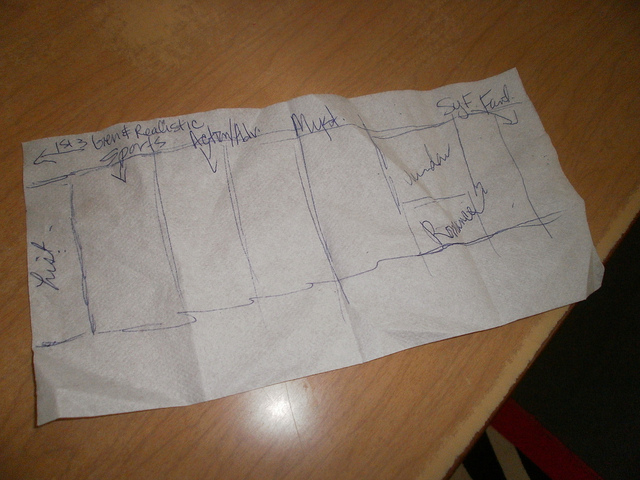
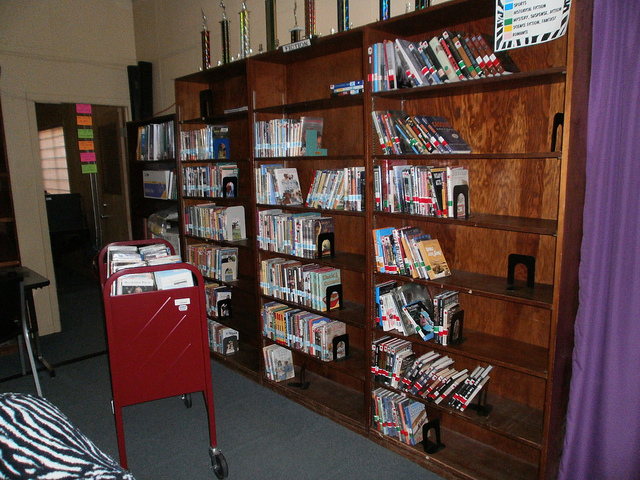
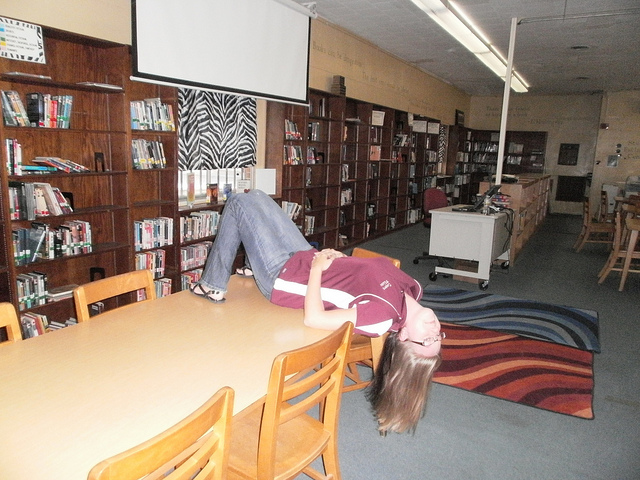
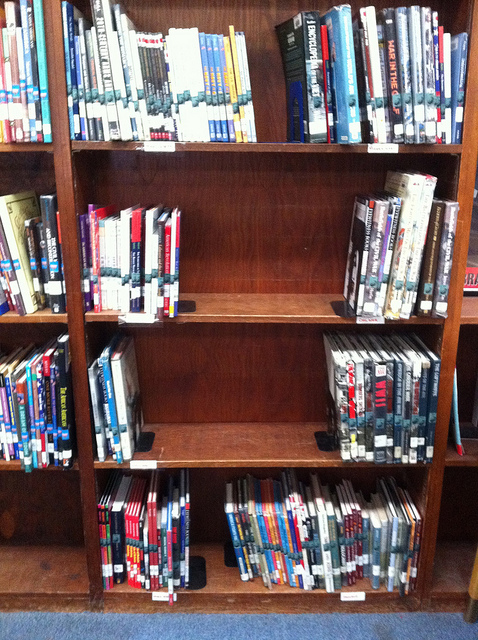
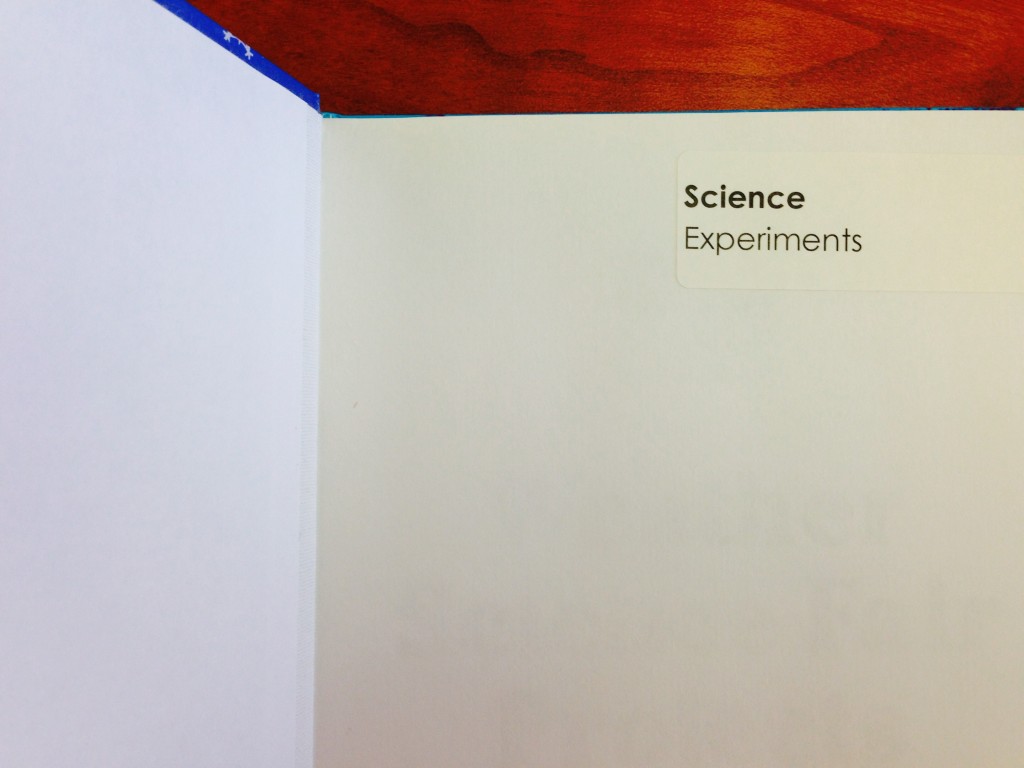
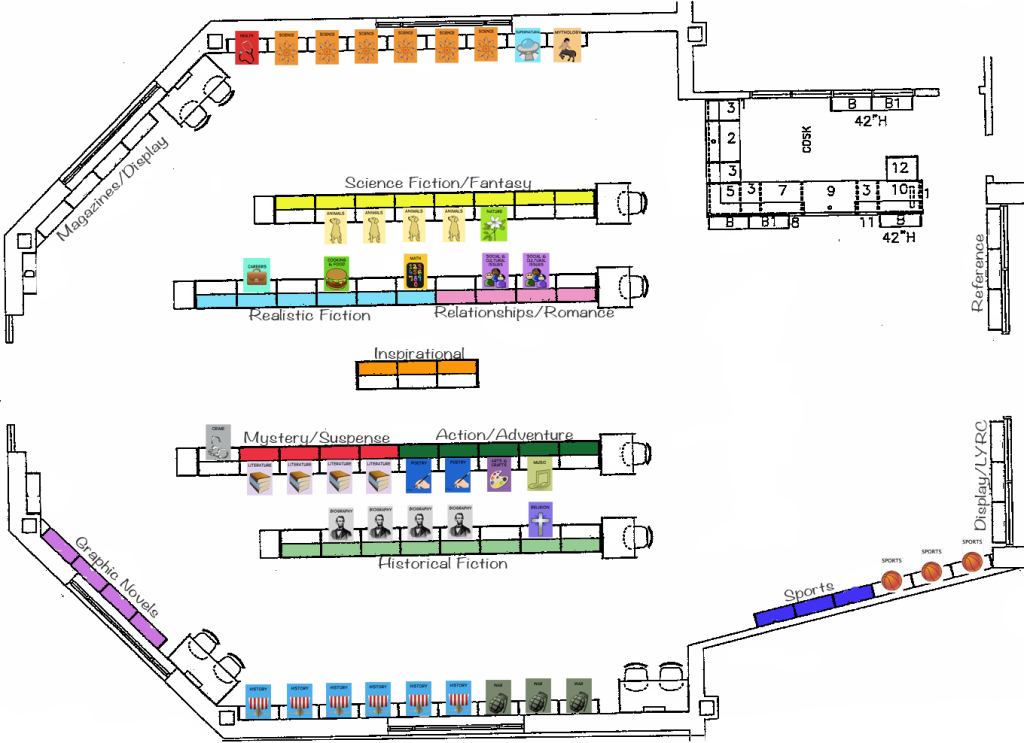
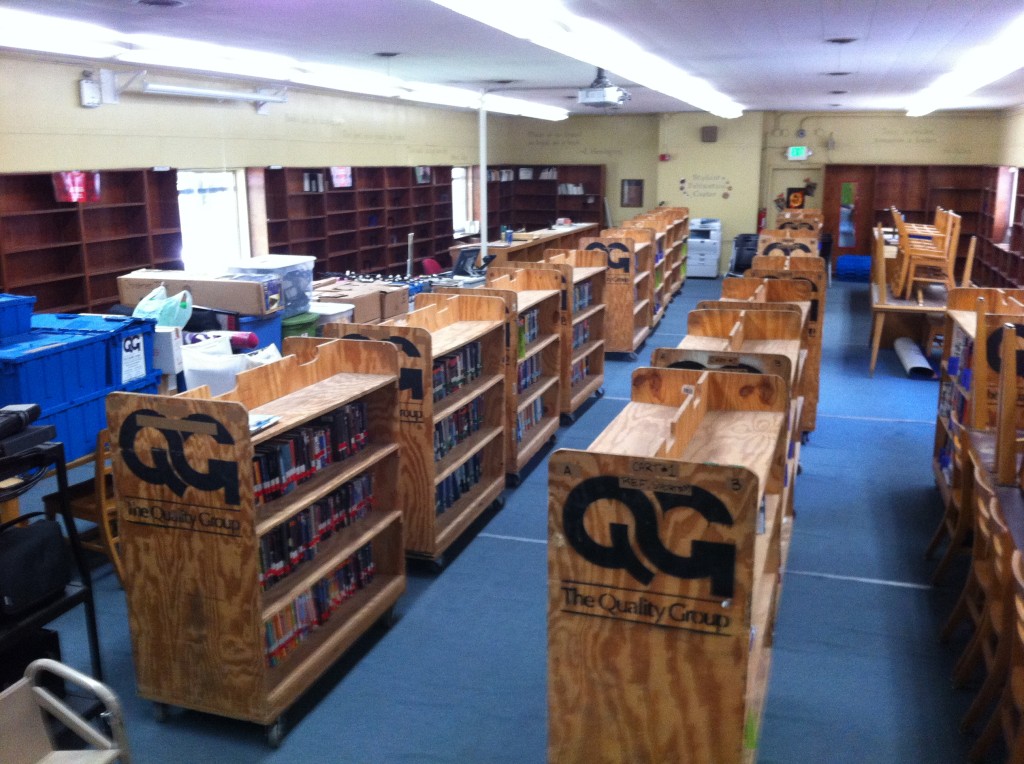
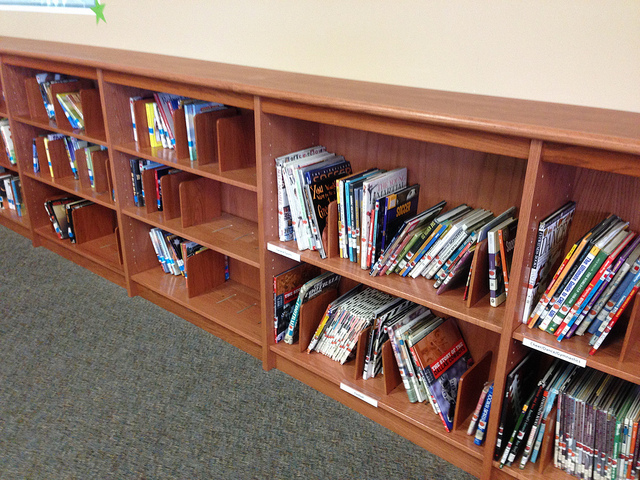
I am wanting to set up our tiny library exactly how you mentioned. I do get overwhelmed with how to actually start. We don’t have a ton of non-fiction, but decent enough for our little library. I’m guessing to start there, but would like to know about where you started. I also like pairing non with fiction as if they are the same theme they should go together. Anyways, any advice would be appreciated.
From Grande Prairie, Alberta Canada
I was wondering how your organizational change affects your student when they transfer, graduate to, or move to another library that uses Dewey or LC?
My students are still learning how to use a library system — they learn to use the library catalog, how to follow call numbers to find books, etc. They also learn that a librarian is available to assist them as needed. These are universal library skills that they can take with them where ever they go. My biggest goal is to get my students reading for pleasure, and I find that they are able to find books they enjoy much more easily using this arrangement.
You labeled every book on their original shelf and marked their new location in your library computer program before changing their physical location in the library? Is that correct? Trying to decide how to begin…Thanks!
Hi Tiffany,
In pairing up your fiction and non-fiction, did you put colored labels on your fiction only, and then picture stickers on your non-fiction? ie. sports. Or did you put colored labels and or picture stickers on all of the sports section both fiction and non-fiction?
Yes — fiction gets the color tinted labels and the non-fiction gets the picture sticker only.
My students are thrilled I am making this change. I wouldn’t have done it without your blog. You made it so easy. Thanks for your hard work.
My question isi have equal amounts of picture and chapter books and do you mix these together in the genre? Do the smaller chapter books not get lost in the picture books if so?
My lower school librarian has her picture books and chapter books separated.